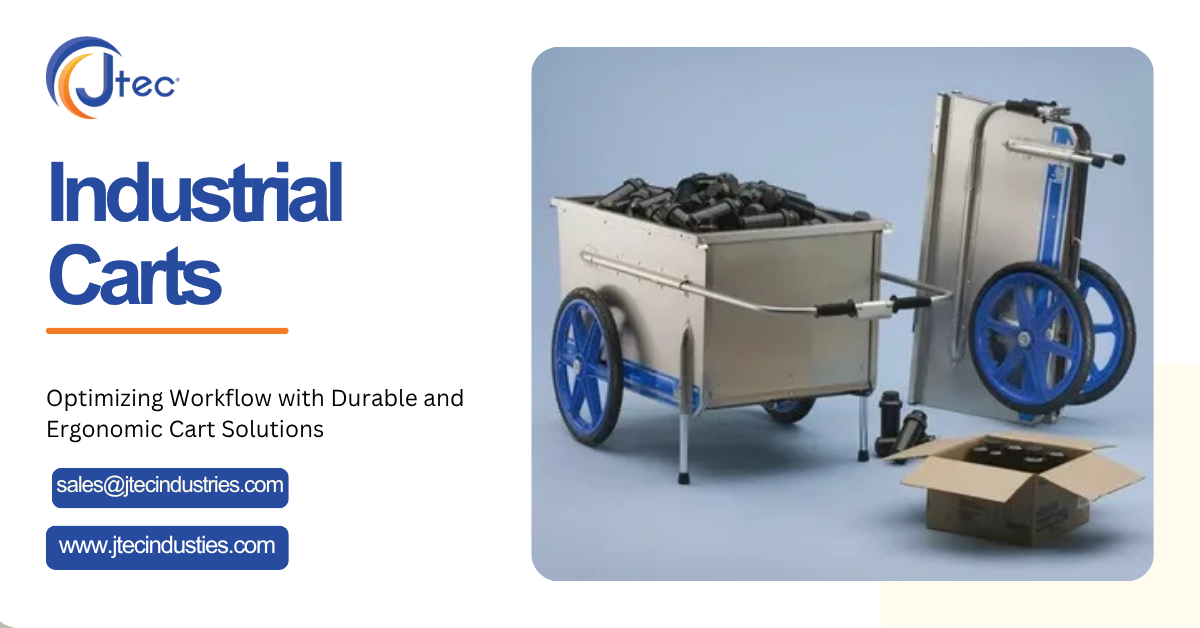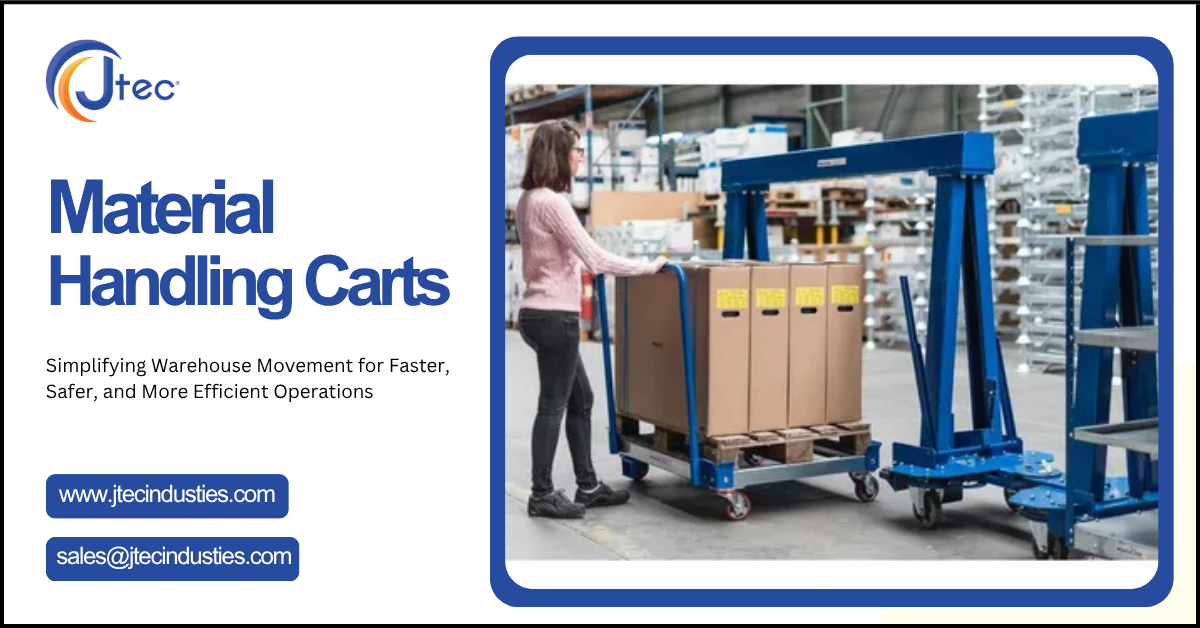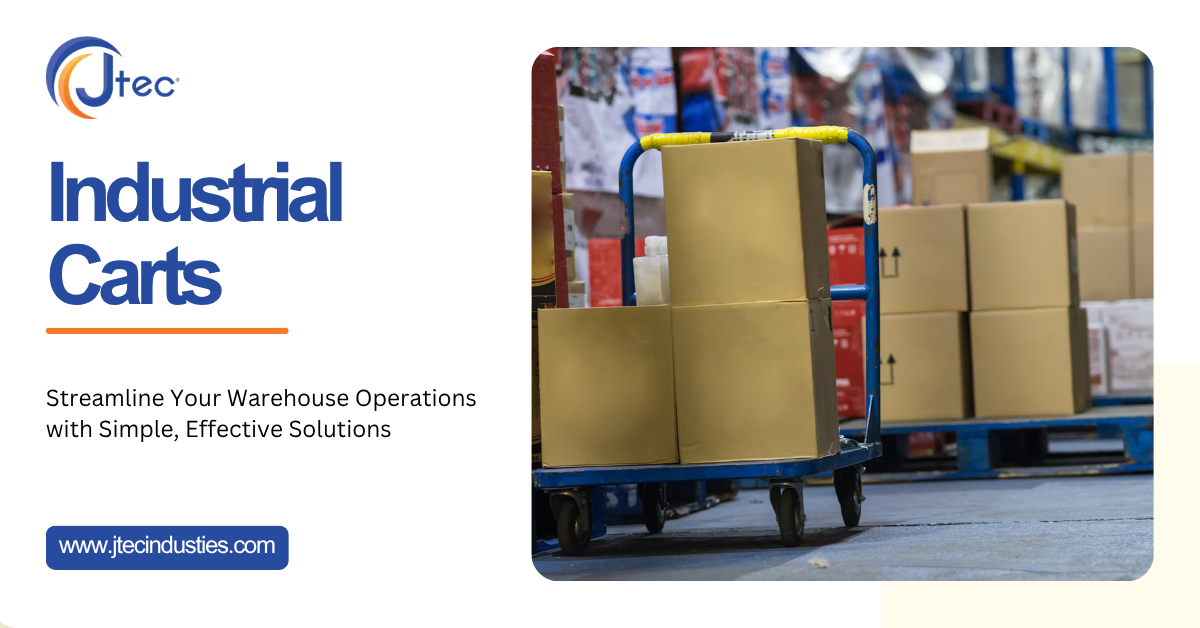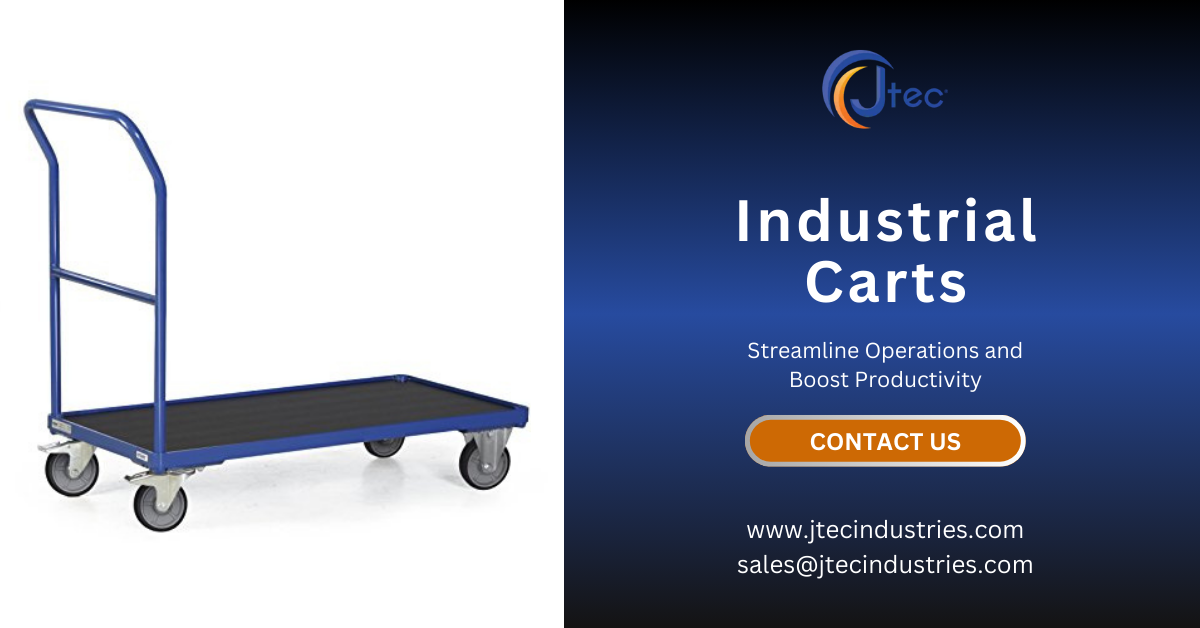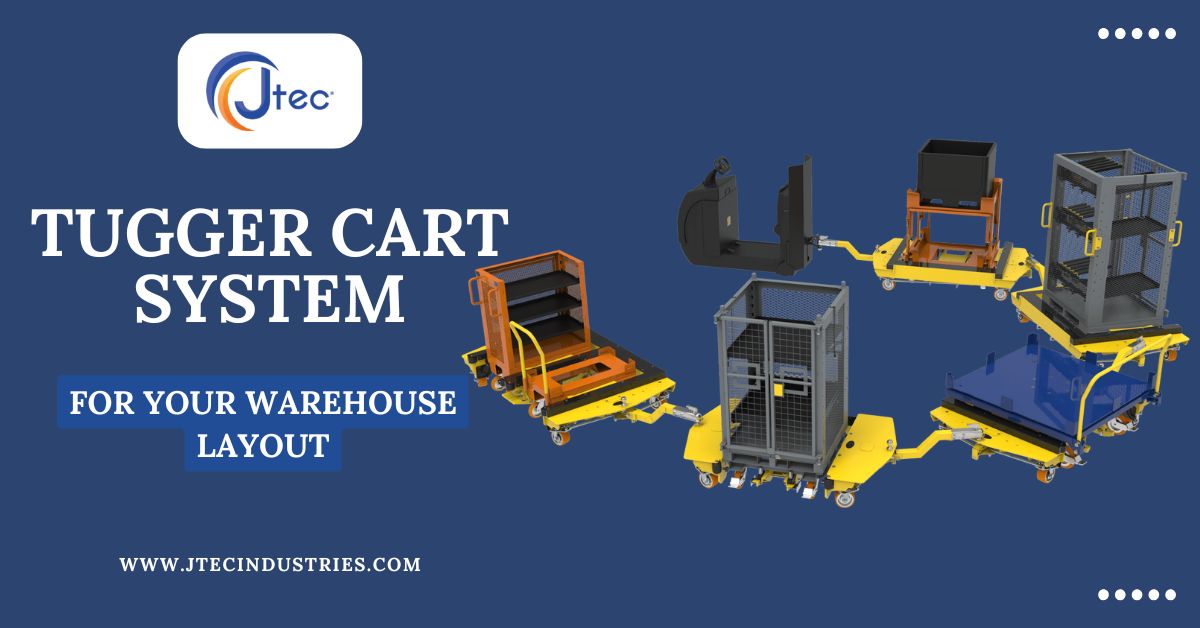How to Choose the Right Industrial Carts for Your Operation
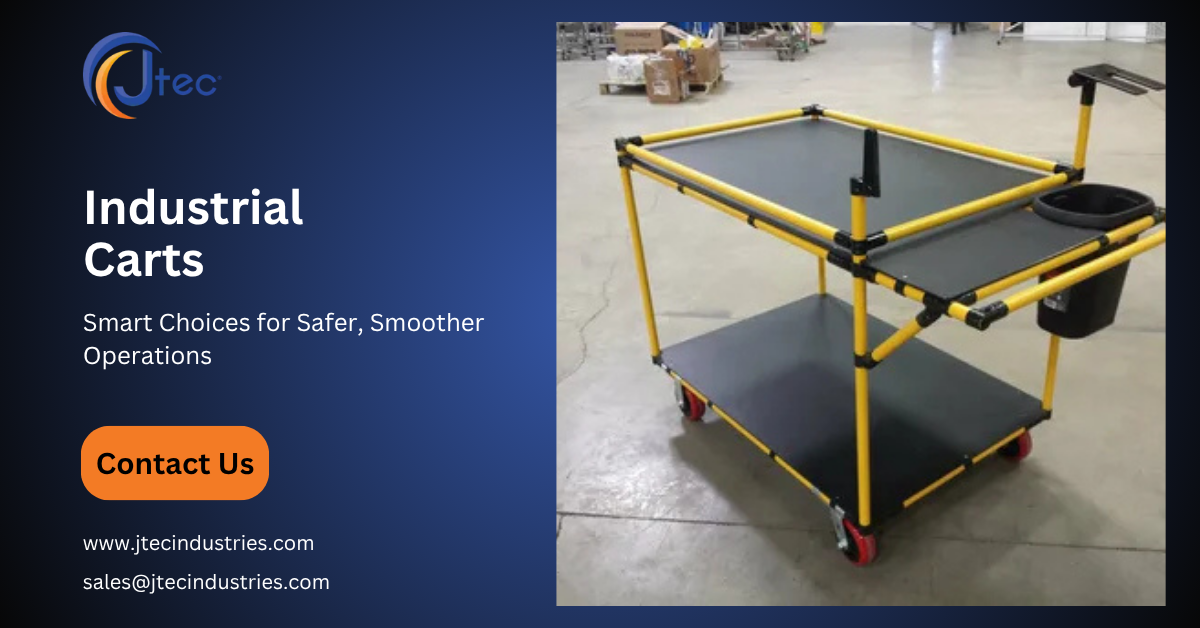
Strong 8k brings an ultra-HD IPTV experience to your living room and your pocket.
In industrial and commercial environments, operational efficiency is more than a competitive advantage; it is necessary. Whether you are managing a warehouse, manufacturing plant, or healthcare facility, optimizing workflow can save time, reduce costs, and improve safety. The industrial cart is an often overlooked device that is vital in achieving this efficiency.
While they may seem simple, industrial carts are workhorses that support everything from material handling to workspace organization. In this article, we will explore how these versatile tools contribute to smoother workflows, safer environments, and better productivity overall.
What are Industrial Carts?
Industrial carts are heavy-duty mobile platforms that transport tools, equipment, and materials within work environments. Available in a range of designs, such as platform carts, utility carts, shelf carts, and tilt trucks, they are built to withstand harsh conditions and heavy loads.
Typically constructed from steel, aluminum, or reinforced plastic, these carts have various wheel types to ensure smooth movement across different surfaces. From automotive shops and warehouses to hospitals and labs, these carts serve multiple industries, each with specific requirements.
The Role of Industrial Carts in Workflow Efficiency
1. Improved Material Handling
One of the direct operations of industrial carts is to facilitate the transportation of heavy or bulky items. Instead of relying on manual lifting or multiple trips, employees can load materials onto a cart and move them efficiently in a single trip. It reduces the physical strain on workers and prevents product damage during transit.
By minimizing unnecessary movements and delays, carts help streamline operations, especially in large facilities where distances between workstations or storage areas can be substantial.
2. Time-Saving and Increased Productivity
Time is one of the most valuable resources in any operation. These carts help reclaim lost time by enabling workers to move quickly and effectively between tasks. For example, a worker can transport all necessary tools and materials, rather than making multiple trips.
In assembly lines or fulfillment centers, where speed is crucial, carts enable the seamless flow of items from one station to the next. It reduction in wasted movement translates directly into improved productivity and faster turnaround times.
3. Improved Workplace Safety
Manual lifting and carrying of heavy objects is one of the leading causes of workplace injuries. Back strains, falls, and dropped materials can lead to costly downtime and workers' compensation claims. By using these carts, organizations reduce the physical burden on employees and promote a safer working environment.
Additionally, carts can be equipped with features like brakes, ergonomic handles, and corner bumpers to further reduce the risk of accidents and injuries.
4. Organization and Storage
A cluttered workplace is inefficient and potentially dangerous. These carts often feature shelves, compartments, and tool holders that help keep everything organized. Mobile storage means employees can bring all the necessary supplies and maintain access throughout the workday.
This mobility encourages better housekeeping and inventory management while eliminating the need to repeatedly return to a central supply area. In environments like hospitals or electronics manufacturing, where cleanliness and order are paramount, carts make a noticeable difference in efficiency and quality of work.
Real-World Examples and Case Studies
Let’s consider a mid-sized warehouse that implemented a fleet of steel platform industrial carts for order picking. Before using carts, workers would collect items one at a time and return to a packing station, leading to delays and fatigue. After switching to carts with organized compartments and labels, the warehouse saw a 25% increase in daily order fulfillment and a 40% reduction in worker complaints related to fatigue.
In another example, a hospital introduced utility carts in emergency and surgical departments. These carts allowed staff to organize critical supplies and medications in one portable unit, resulting in faster response times during emergencies and a noticeable drop in errors and missing equipment.
Choosing the Right Industrial Cart
Not all carts are created equal, so choosing the right one for your application is essential. Here are some factors to consider:
- Weight Capacity: Ensure the cart can handle your heaviest expected loads.
- Wheel Type: Choose wheels suitable for your floor surface (e.g., rubber for smooth floors, pneumatic for rough terrain).
- Material: Steel is strong and durable, while aluminum is lighter. Plastic is corrosion-resistant and ideal for sterile environments.
- Shelving and Compartments: Multiple shelves and storage features improve organization.
- Mobility: Consider using swivel casters or adding brakes to enhance maneuverability and control.
Customization is also an option; many manufacturers offer custom-made carts for unique workflows, including ESD-safe carts for electronics or lockable carts for secure environments.
Conclusion
Efficient workflows are the backbone of successful industrial operations, and the tools that support these workflows should not be underestimated. Industrial carts are more than just transport devices—they are productivity enablers, safety boosters, and organizational aids. Whether you are in warehousing, healthcare, manufacturing, or retail, integrating the right type of cart into your operations can cause immediate and long-lasting benefits.
From improving material handling and reducing physical strain to speeding up operations and enhancing workplace safety, the case for these carts is clear. Investing in high-quality carts customized to your needs is a simple yet impactful way to advance efficiency across your organization.
Note: IndiBlogHub features both user-submitted and editorial content. We do not verify third-party contributions. Read our Disclaimer and Privacy Policyfor details.



